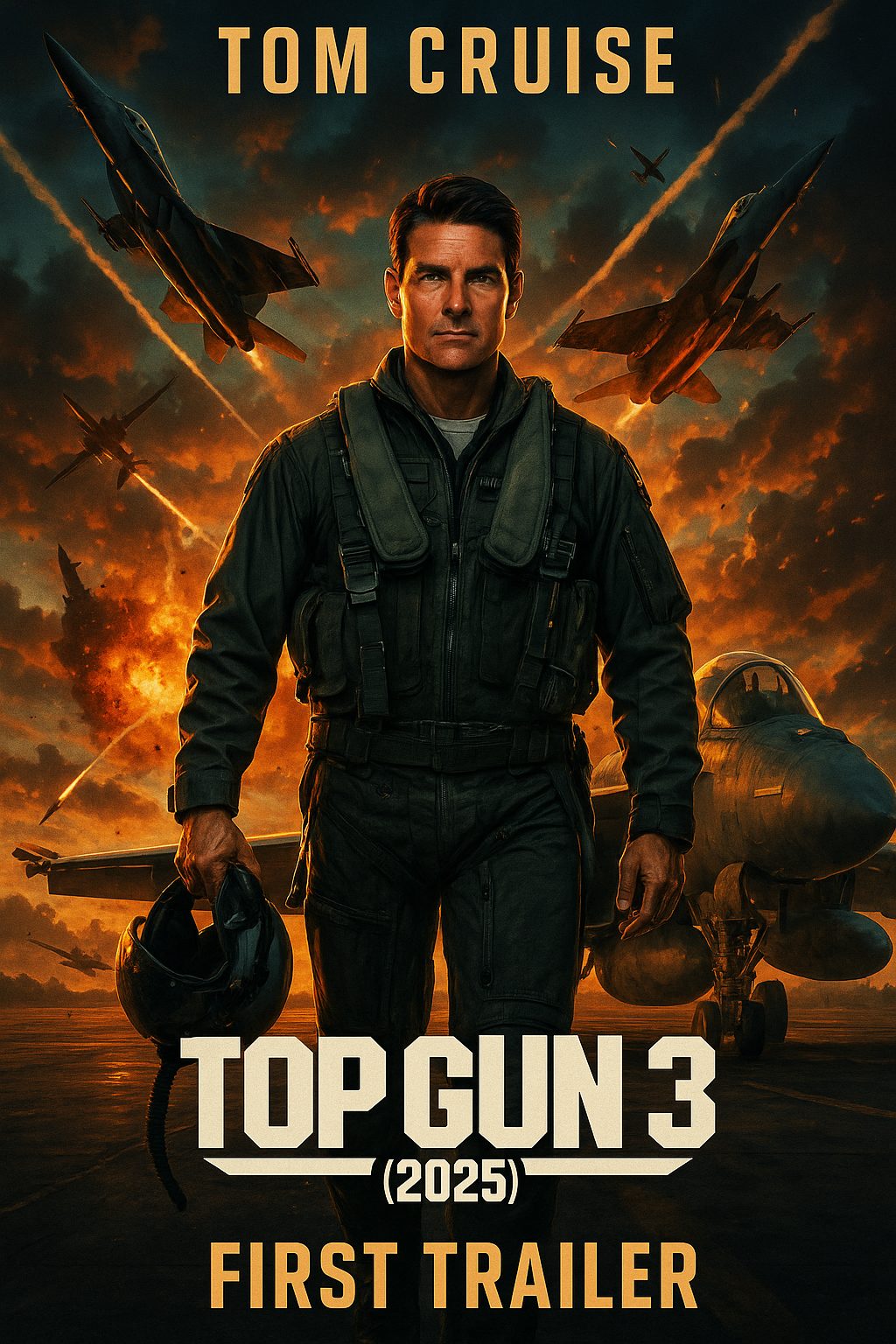The Royal Navy is poised to revolutionize naval warfare as it embarks on groundbreaking tests of the Mojave drone aboard the HMS Prince of Wales. This pioneering initiative could reshape the future of carrier operations, introducing unmanned aerial vehicles (UAVs) into the heart of naval aviation. The Royal Navy’s commitment to innovation comes at a crucial time when the costs of traditional naval aviation are soaring, and the need for effective, cost-efficient solutions has never been more pressing.
 The Mojave, developed by General Atomics, is not just another drone; it represents a leap forward in unmanned capabilities. Designed for expeditionary warfare, its detachable wings allow for compact storage aboard carriers, making it a versatile asset that can be deployed when needed. With a payload capacity of 3,600 pounds and an operational range of 2,500 nautical miles, the Mojave can conduct a variety of missions, from reconnaissance to armed support, without the need for traditional runways. This flexibility is particularly advantageous for the Royal Navy, which faces limitations in aircraft options due to the absence of catapults and arrestor wires on its carriers.
The Mojave, developed by General Atomics, is not just another drone; it represents a leap forward in unmanned capabilities. Designed for expeditionary warfare, its detachable wings allow for compact storage aboard carriers, making it a versatile asset that can be deployed when needed. With a payload capacity of 3,600 pounds and an operational range of 2,500 nautical miles, the Mojave can conduct a variety of missions, from reconnaissance to armed support, without the need for traditional runways. This flexibility is particularly advantageous for the Royal Navy, which faces limitations in aircraft options due to the absence of catapults and arrestor wires on its carriers.
The financial implications of adopting the Mojave are significant. With the F-35B costing approximately $11.3 million per unit and $42,000 per flight hour, the Royal Navy must consider its long-term sustainability. In contrast, the Mojave’s projected cost of just over $32 million and a mere $5,000 per flight hour presents a compelling case for its integration into the fleet. This cost-effectiveness could allow the Royal Navy to maintain a more robust aerial presence without overextending its budget.
As the Royal Navy prepares for these tests, the potential for the Mojave to enhance operational capabilities is clear. It could serve as an early warning system, scouting threats beyond the horizon and providing critical intelligence to strike groups. While the F-35B remains a cornerstone of the fleet, the Mojave could fill essential roles that do not necessitate the advanced capabilities of fifth-generation fighters. This dual approach may well define the future of naval aviation, marking a new era for the Royal Navy and its operational strategies. The world will be watching closely as these tests unfold, potentially heralding the dawn of the first operational carrier-based drone force in history.
